The answer is not a neutron star or black hole collision, as many astronomers have believed for a long time
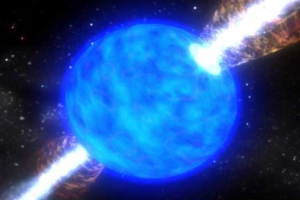 Deep Space
Deep Space

 Deep Space
Deep Space
The answer is not a neutron star or black hole collision, as many astronomers have believed for a long time
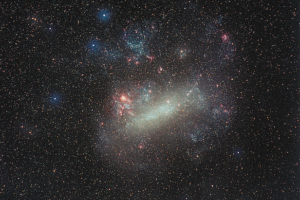 Astronomy
Astronomy
Analysis of the star’s chemical composition indicates that it could have originated from a dwarf galaxy that then merged with the Milky Way
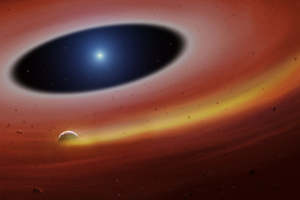 Deep Space
Deep Space
Planetary fragment identified in a disk of debris circling a dead star 400 light years away and is thought to be rich in heavy metals
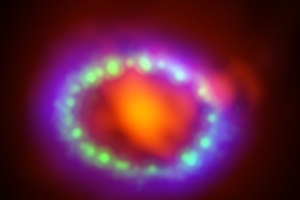 Deep Space
Deep Space
The nearby supernova SN1987A was the subject of X-ray analysis that has led to this discovery
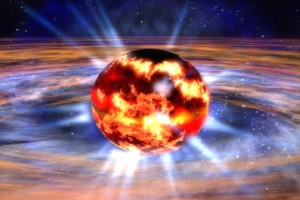 Deep Space
Deep Space
Astronomers believe that the heaviest elements were formed from the very first versions of these exotic objects